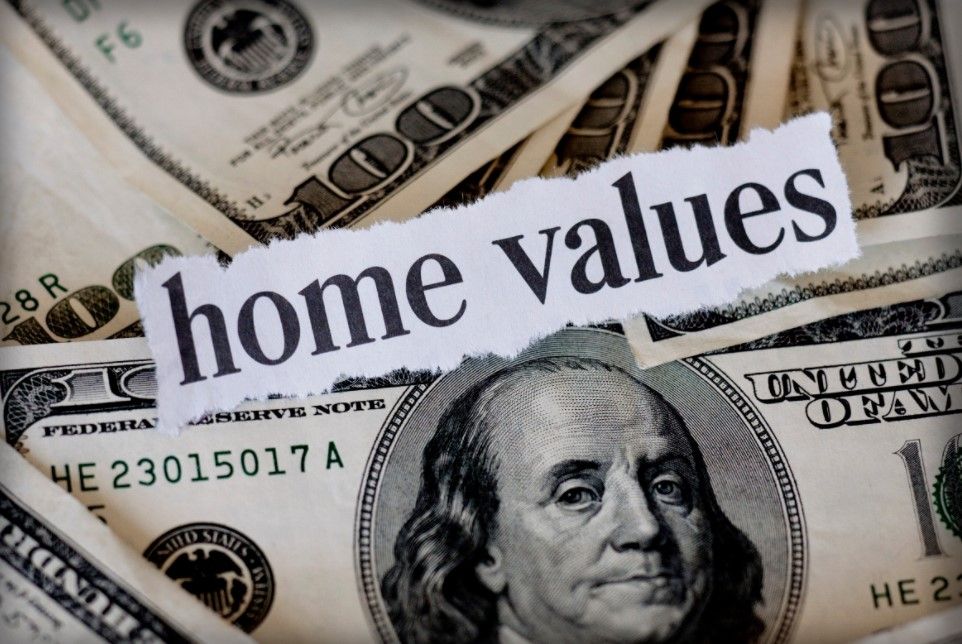The Rise of Fractional Homeownership: A Game-Changer or a Gimmick?
In today’s high-priced housing market, many would-be buyers are looking for creative ways to break in — or invest — without shouldering the full cost of a property.

A house has all kinds of benefits and blessings for a family. Many of these are intangible -- memories, associations, and ambience, to name just three. Whatever its physical and environmental defects, these are subjective qualities that can never be separated from the structure. At the same time, there are also objective standards by which a house is measured. These criteria mean more when the property is ready for conveyance to new owners. How these colder, less sentimental, gauges are conceived will determine what sort of asking price a seller can reasonably publish. Fortunately, these touchstones are fairly well established:
Location, Yes, Location, Location
It is a cliche but it is true nonetheless. Where a home is situated has much to do with property value. Location yields a whole slew of implications: crime rates, quality of schools, public utilities, tax levies and infrastructure, for example. Some of the factors that might mar home values relate to proximity. What if the property is just a few miles from a nuclear power plant or a state prison? How about a new condo development that sits down wind from a hog farm complete with manure lagoon? Clearly, these neighboring businesses can provoke anxiety and annoyance, making the house less desirable.
Dimensions and Square Footage
Another old adage -- size matters -- applies to the financial worth of houses. The more usable space available quite understandably makes a structure more versatile and more commodious. Of course, how that space is arranged and organized is likewise significant. Spacious rooms without easy access are definitely less desirable. Nevertheless, larger homes afford families more options in terms of usage, privacy, entertaining and storage. Such central functions cannot be ignored by appraisers and home buyers alike. Needless to say, the condition of that surplus space is just as important.
What's It Made Of?
Quality materials, construction and craftsmanship add immense value to a house. Cheap wood and shoddy wiring will result in an unsatisfactory market value. On the other hand, a home may have been erected with the best materials and excellent workmanship yet never refurbished over the years. Even the best components degrade and erode. A house need not be ancient to begin looking run down. This is a house in need of a little modernizing: repair, replacement and remodeling. This might be manifest in removing discolored Formica countertops and replacing them with granite (or what looks like granite). New roofs, energy-saving windows and doors, as well as solar panels are common, worth-enhancing upgrades.
Bedrooms and Bathrooms
Square footage is valuable on its own, but even more so when utilized in terms of central functions. Sleeping, washing and cooking are necessary activities that very commonly take place within the home. More of these spaces are better when it comes to property value. Those with large families, or who like to entertain house guests, look for extra bedrooms to accommodate the population. Additional bathrooms follow the same logic.
Basic Aesthetics
Sellers quickly learn what realtors have always known: the weight given to "curb appeal." It will surprise many what a well-manicured lawn and a fresh coat of paint will do for home values. The fact is that people will judge this book by its cover, so to speak. Weeds, overgrowth and dirt patches make a statement to the public -- this property is neglected. Peeling paint does much the same thing. For this reason, appraisers may factor in the overall appearance of a parcel in their calculations. The good news is that improving this is inexpensive.